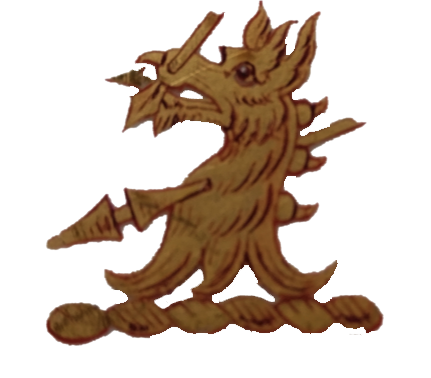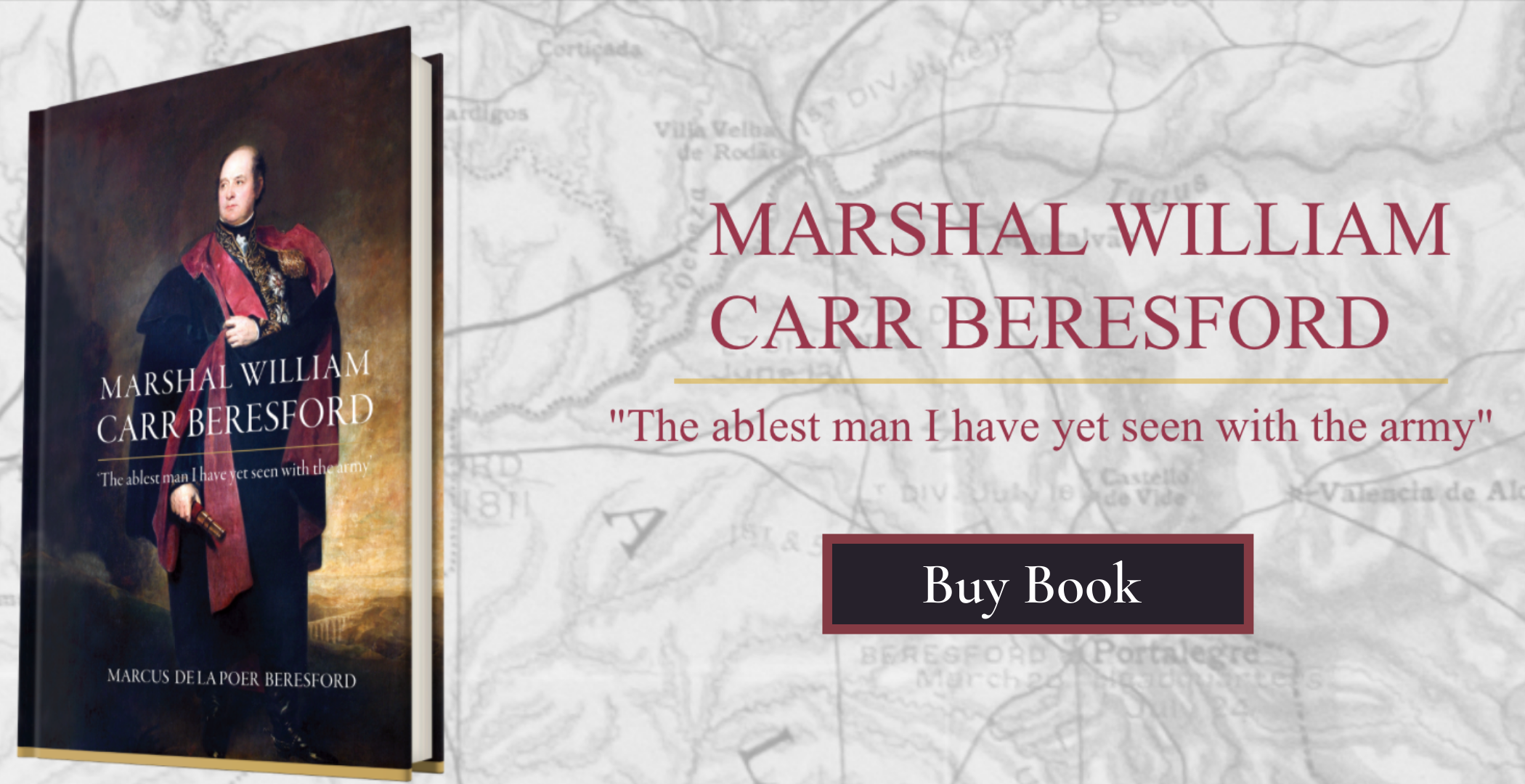Marshal William Carr Beresford
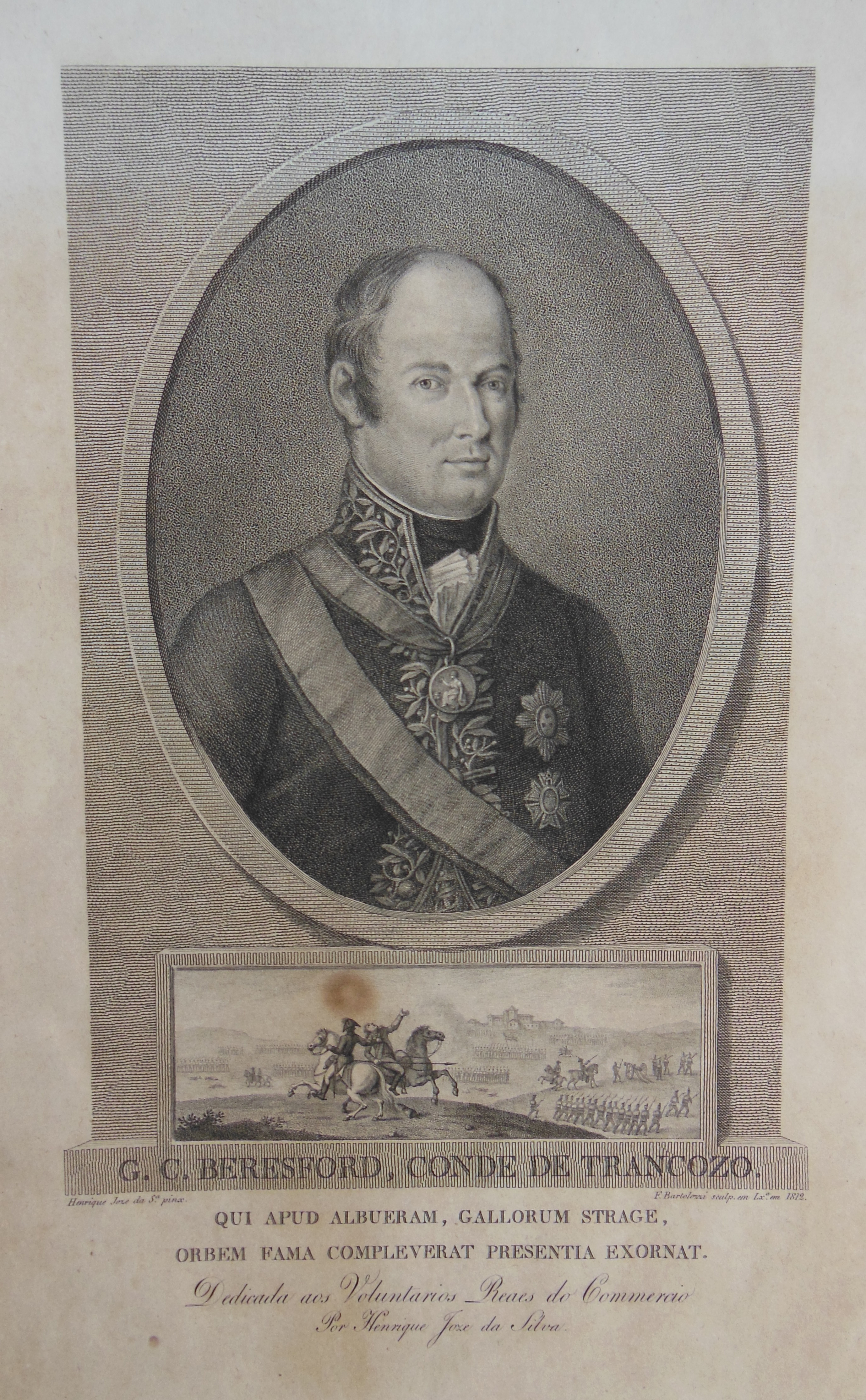
Synopsis
“THE ABLEST MAN I HAVE YET SEEN WITH THE ARMY”
Despite a propensity toward fierce criticism of his generals, with great regard, the Duke of Wellington referred to William Carr Beresford as ‘the ablest man I have yet seen with the army’. Honoured and decorated by the governments of Great Britain, Portugal, and Spain, Marshal William Carr Beresford is the story of a celebrated and distinguished Irishman who served as commander in chief of the Portuguese army for eleven years.
The book follows the trajectory of Beresford’s extensive military career. Born the illegitimate son of the 1st marquis of Waterford, Beresford joined the British army in 1785 serving in the Mediterranean, Egypt, South Africa, and South America, before further distinguishing himself – and meeting Wellington’s redoubtable esteem – as Marshal of the Portuguese forces during the Peninsular war.
Sent to Portugal to rebuild its army in the fight against Napoleon, Beresford was so successful that Wellington integrated the Portuguese and British armed forces in that struggle. Beresford is revealed as a trusted friend and confidant of Wellington, a relationship that was to endure for the rest of their lives. Their ability to work together led to Beresford’s appointment as Master General of the ordinance in Wellington’s government of 1828
Interesting Facts About The Marshal
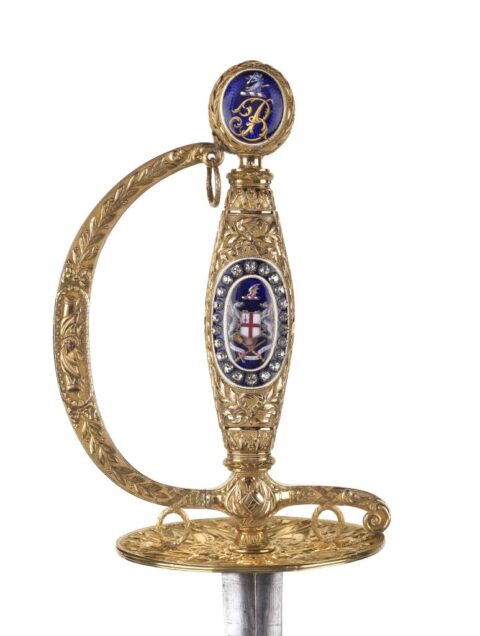
01.What was the first regiment commanded by William Carr Beresford?
02. What connects the Marshal with the Martello towers constructed around Great Britain and Ireland?
03. Where was William Carr Beresford imprisoned following the British surrender at Buenos Aires in 1806 and what sports did the British officers pursue in captivity?
04. At which major battle was William Carr Beresford wounded?
05.What title of nobility has been attributed to William Carr Beresford, but in respect of which no documentary evidence has been found?
Book Launch
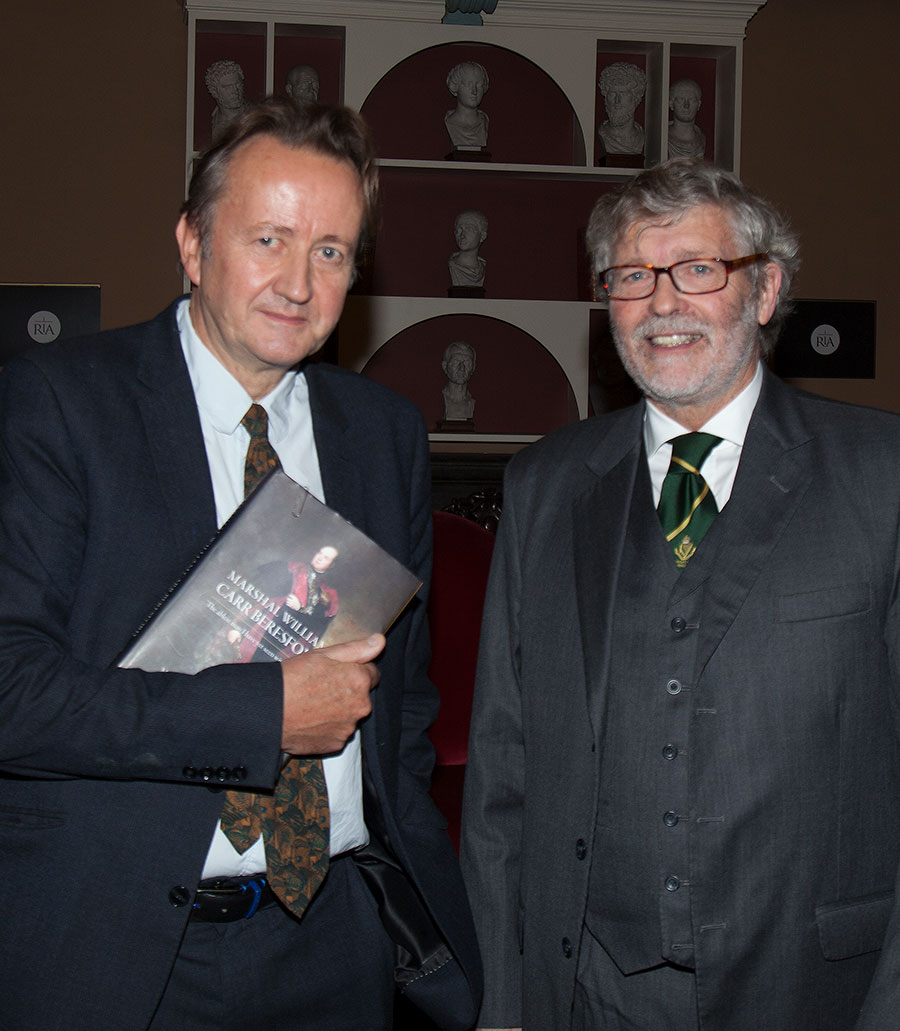
“Marcus’s biography restores William Carr Beresford to an important place in the history of the Napoleonic wars, by examining very closely his achievements in the Iberian peninsula, after service in Madeira, West Indies and Egypt.”
Professor Roy Foster
Marcus’s biography of Marshal William Carr Beresford was launched by Professor Roy Foster at the Royal Irish Academy on 14 November 2018. In the presence of several hundred attendees Professor Foster spoke of how this biography restored William Carr Beresford to an important place in the history of the Napoleonic wars, showing the Marshal as a key player in the Portuguese campaign transforming the Portuguese army into a vital part of the alliance that ultimately brought down Napoleon. Carr Beresford effected that transformation through the introduction of widespread reforms to both the command structure and training of that army.
